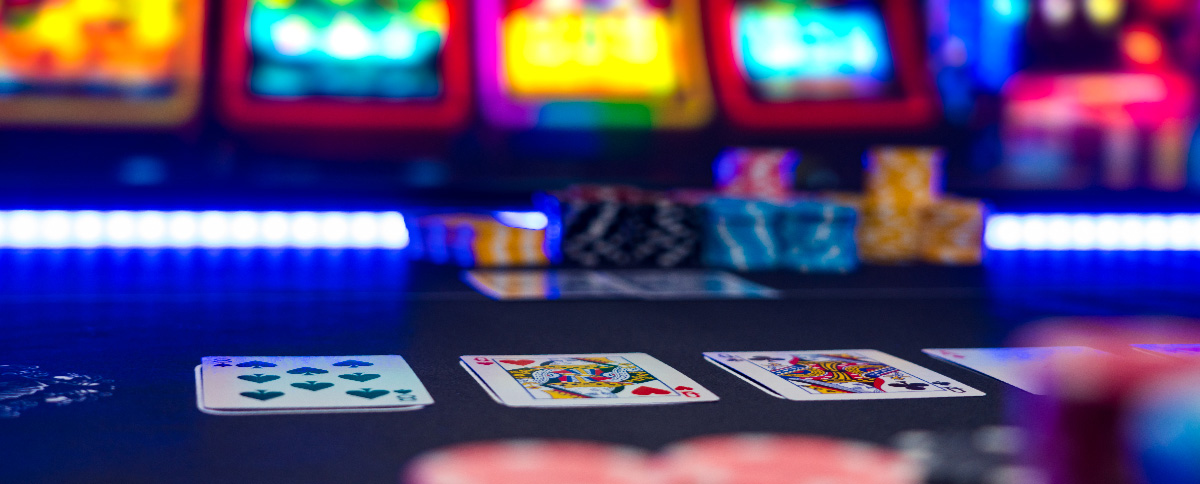
Within the dynamic and thrilling world of casinos, where luck and tactics intertwine, color and design play a critical role in drawing in gamblers. From the moment visitors step into a casino or access a gaming platform, they are immersed in a visual feast that captures their attention and lures them to discover further. Bright colors, captivating graphics, and innovative layouts are carefully crafted to create an atmosphere of thrill and expectation, ultimately enhancing the gaming experience.
While players navigate through the dynamic landscape of casino games, they come across a range of designs that not only serve visual purposes but also influence feelings and choices. Hues like red and gold symbolize riches and luck, while soothing navy and emeralds can create a much relaxed environment. Grasping how these elements work together allows casinos to create an welcoming and energizing atmosphere that encourages players to interact with the games, spend more time at the tables, and boost their general enjoyment.
The Psychology of Hue in Gambling Games
Tint plays a crucial role in the development of gaming experiences, affecting players’ feelings and actions. Bright and vibrant colors, such as scarlet and yellow, are often used to stimulate thrill and draw notice. These colors create a feeling urgency and dynamism, encouraging gamblers to participate more eagerly with the game. By thoughtfully selecting hues, creators aim to elicit feelings of pleasure and excitement, which can enhance the total game experience.
Different hues also have psychological connotations that can affect how players perceive their possibilities of success. For case, green is frequently associated with luck and prosperity, making it a popular choice in games like roulette and poker tables. This association can cause gamblers to feel more optimistic and confident in their gameplay, ultimately inspiring them to bet more. Comprehending these connections allows game creators to craft environments that enhance player satisfaction and engagement.
In addition, the layout of gaming interfaces often employs gradients and differing shades to direct players’ responses. For instance, winning results may be emphasized with bright, opposing colors, creating a visual cue. This approach reinforces favorable outcomes and supports repeated engagement. By utilizing color psychology, gaming venues can design activities that not only captivate participants but also maintain them engaged and committed in their gaming experience.
Design Elements that Engage Gamers
The aesthetic appeal of gambling games is primarily influenced by the use of vibrant colors. Lively and contrasting colors are deliberately chosen to create an inviting atmosphere that grabs interest. For instance, crimson and golden hues often signify good fortune and prosperity, which is why they are prevalent in the palettes of slot machines and game surfaces. These colors not only attract players in, but they also stir emotions associated with excitement and expectation, enhancing the overall gaming experience.
In parallel to color, the aesthetic and layout of gambling games play a crucial role in captivating players. Games are designed to be intuitive, ensuring that players can quickly understand the guidelines and mechanics. User-friendly interfaces, along with engaging graphics and animations, help maintain gamer interest and encourage extended play sessions. The tactile elements, such as the texture of the buttons and the audio of the games, also contribute to a comprehensive sensory experience that keeps players immersed.
In conclusion, thematic elements in game design can greatly influence gaming decisions. Many casino games are inspired by media, fairy tales, or adventure themes, featuring symbols and characters that connect with players. These themes create a sense of immersion and relatability, making each game feel unique. When players feel a bond to the theme, they are more likely to choose that game over others, leading to increased participation and enthusiasm within the gambling environment.
Case Studies: Notable Gambling Table Game Designs
One key example of impressive gambling game design is the popular slot machine series based around blockbuster movies. Games such as those based on the Wizard of Oz and Game of thrones utilize vibrant colors and superior graphics to immerse players in well-known narratives. casino en ligne francais The use of lively visuals and captivating sound effects captures the attention of players, establishing an emotional connection to the theme. This approach not only fosters longer play but also boosts the overall gaming experience, yielding increased player retention.
Another notable case is the application of color in table games like 21 and the wheel. Casinos often develop these games with deep reds and greens, colors traditionally associated with luck and wealth. For instance, the green felt on a 21 table provides a soothing effect, while the red accents in roulette invite excitement. This deliberate use of color helps to establish an inviting atmosphere that stimulates players to engage, fulfilling their psychological impulses and enhancing their enjoyment.
Finally, online casino games that include community features and bright, lively designs have experienced remarkable success in engaging players. Games like Zynga’s Poker and Slotomania leverage bright colors and playful animations to establish an inviting online environment. The inclusion of leaderboards, community sharing options, and in-game rewards encourages competition and community, attracting players in for longer sessions. Such designs not just make the games visually attractive but also underscore social interaction, a crucial factor in player retention and engagement within digital casino environments.
